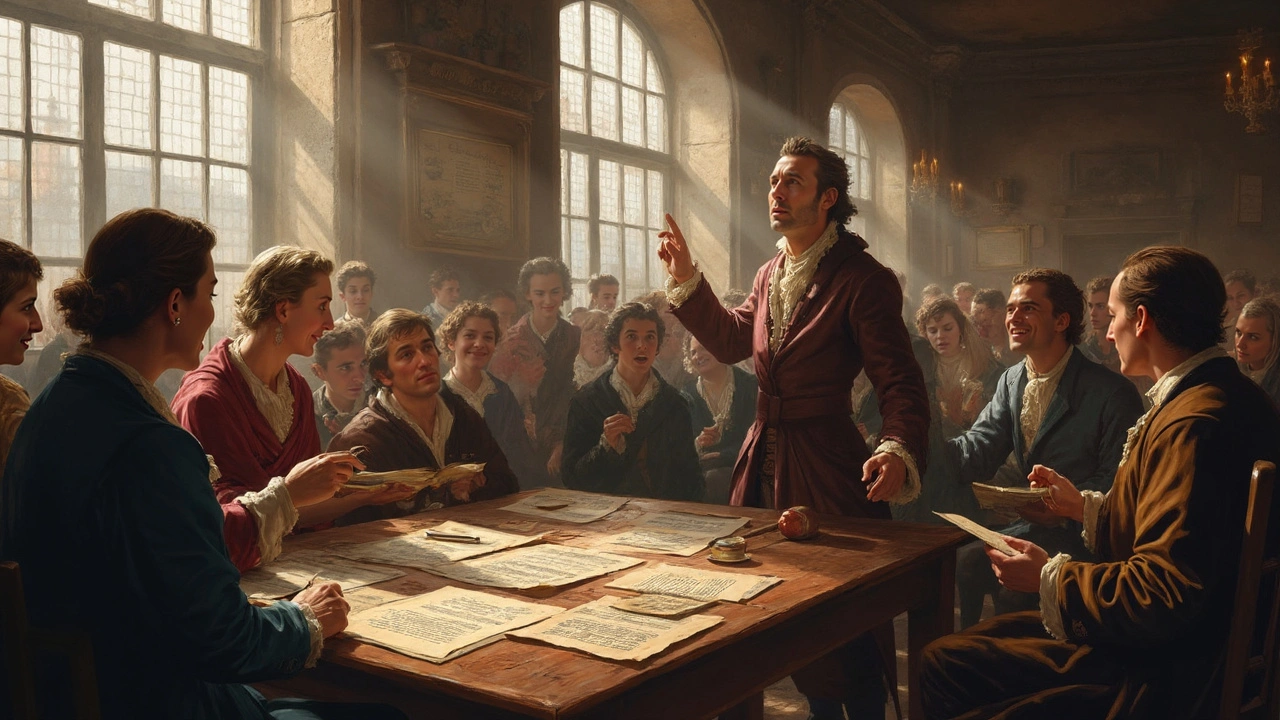Journalism Origins: Tracing the Birth of News
Ever wonder how the daily news you scroll today got its start? It began long before printers and the internet, with people sharing stories around fires, carving symbols on walls, and passing messages on horseback. Those early bits of information were the building blocks of today’s journalism, and they still shape how we get news.
The First Ways Humans Shared News
In ancient times, news traveled through oral tradition. Villagers gathered at communal spots, listened to elders, and exchanged updates about weather, hunts, or nearby conflicts. When words weren’t enough, they drew pictures on cave walls—think of them as the first headlines. These drawings showed events like migrations or battles, giving a visual record that could be understood even by those who couldn’t read.
As societies grew, written language emerged. The first written notices appeared on clay tablets in Mesopotamia, where merchants recorded trade deals and city officials posted tax demands. This shift turned fleeting chatter into something you could keep and refer back to. It also meant that news could travel farther, reaching people in distant towns via messengers or early courier systems.
From Printed Papers to Digital Headlines
The real game‑changer arrived with the invention of the printing press in the 15th century. The first newspapers sprang up in Europe, offering a regular roundup of local and foreign events. One standout is the Gazette de France, which started in 1631 and still exists in a modern form. Even older, the Berrow’s Worcester Journal first hit the streets in 1690 and claims the title of the world’s oldest surviving newspaper. Its continuous publication record survived wars, revolutions, and the shift to digital platforms.
Fast forward to the 20th century: radio and TV added sound and moving images, making news feel more immediate. By the 1990s, online news sites like Google News UK began aggregating stories in real time, letting readers customize what they saw. Today, social media platforms such as Twitter and TikTok act as instant news feeders, but the core idea remains the same—delivering timely, relevant information to the public.
Even with all the tech upgrades, many people still love a printed paper. Recent surveys show that a sizable chunk of the UK still reads print newspapers each morning, especially older readers who value the tactile experience. This blend of old and new keeps journalism alive, ensuring that the original purpose—informing citizens—doesn’t get lost.
So whether you’re scrolling a feed on your phone or unfolding a crisp newspaper over coffee, you’re part of a tradition that stretches back to cave paintings and market cries. Understanding those roots helps you appreciate why news matters and how it continues to evolve.
Next time you read a headline, think about the centuries of storytelling that made it possible. From ancient symbols to AI‑generated stories, journalism’s origins remind us that sharing information is a timeless human need.

First Journalist in the World: Tracing the Origins of News Reporting
Who was the world's first journalist? This deep dive uncovers the roots of journalism, spotlighting the earliest news reporters and how they shaped the way we share stories. From handwritten newsletters to coffeehouse gossip columns, you'll see how reporting started and why it matters today. Expect hard facts, quirky trivia, and tips to spot good journalism—even if you aren't a history buff. All this while keeping things simple and straight to the point.
READ MORE